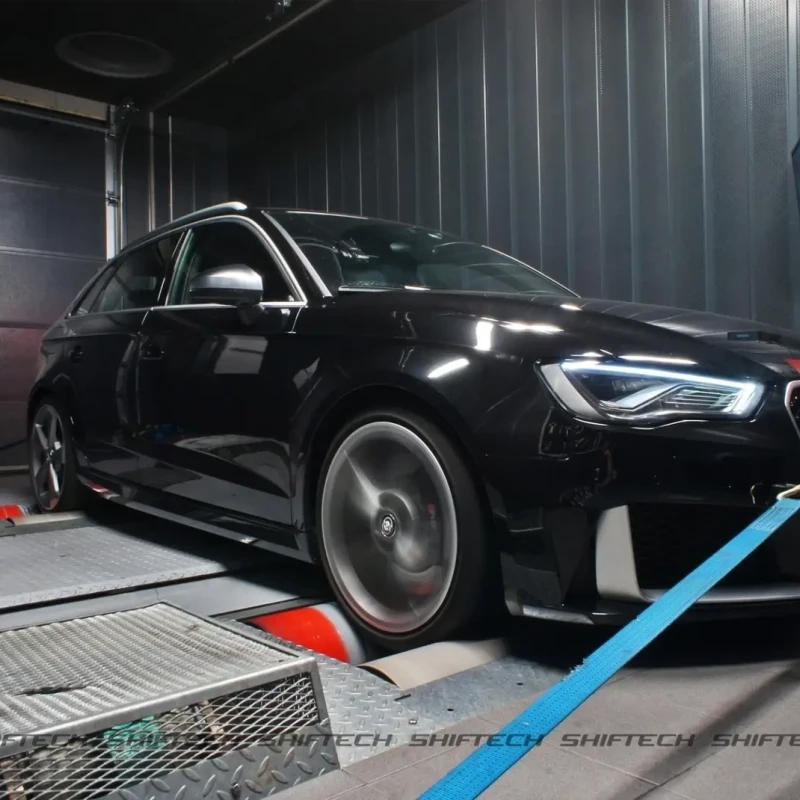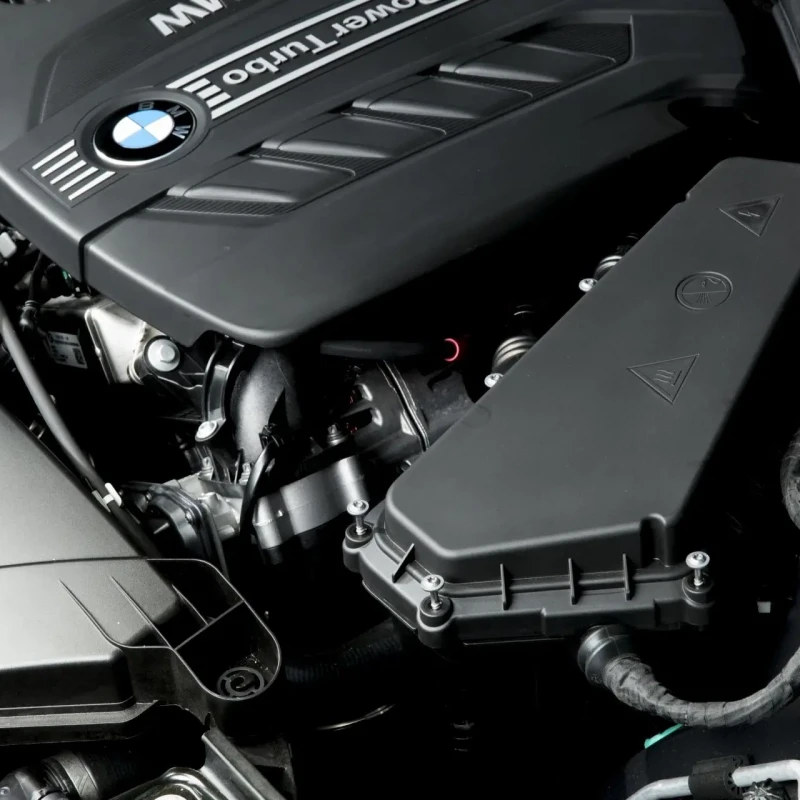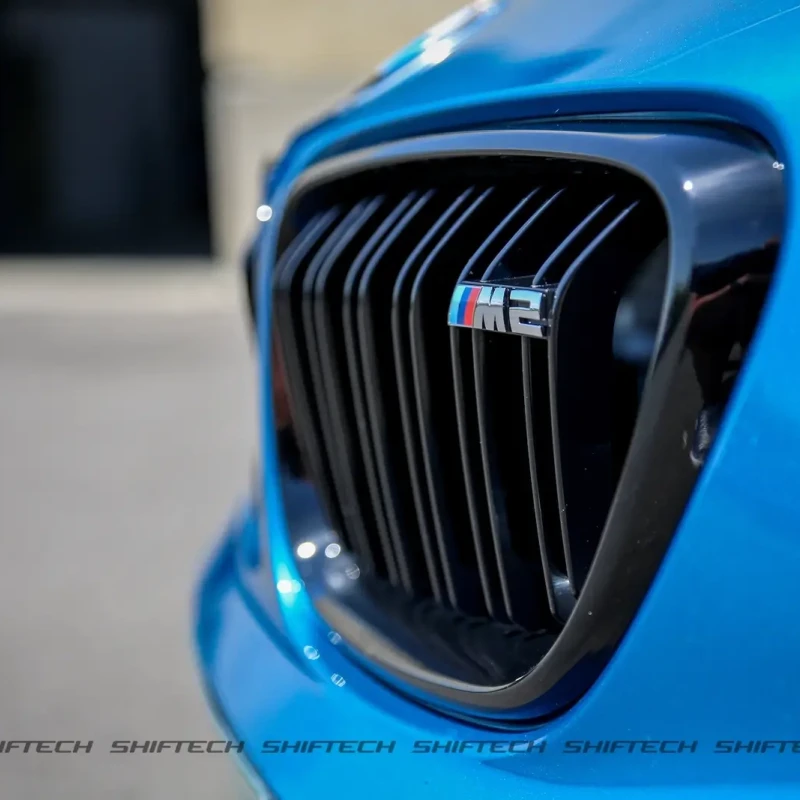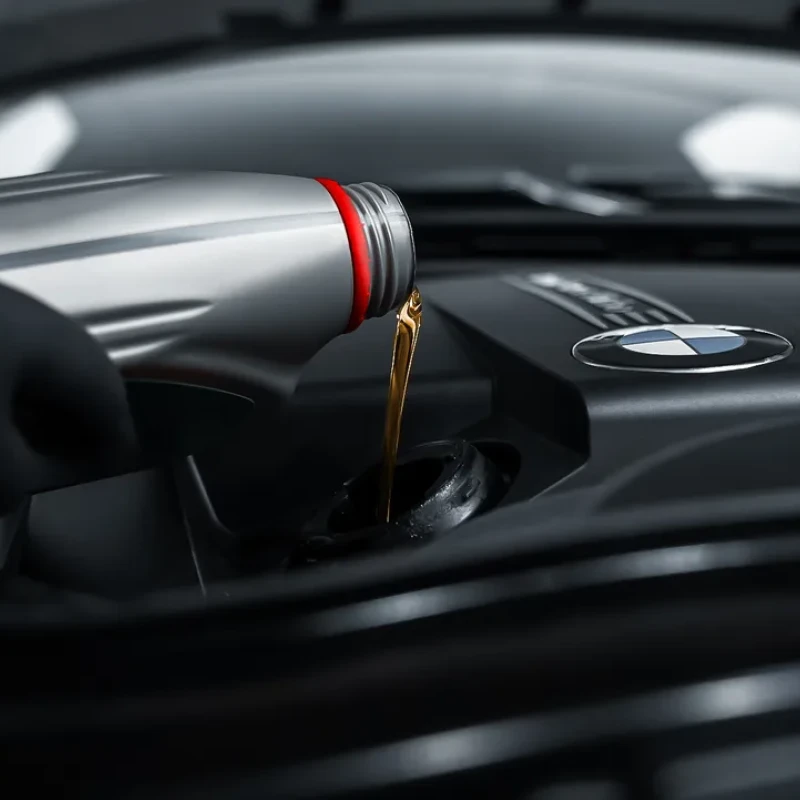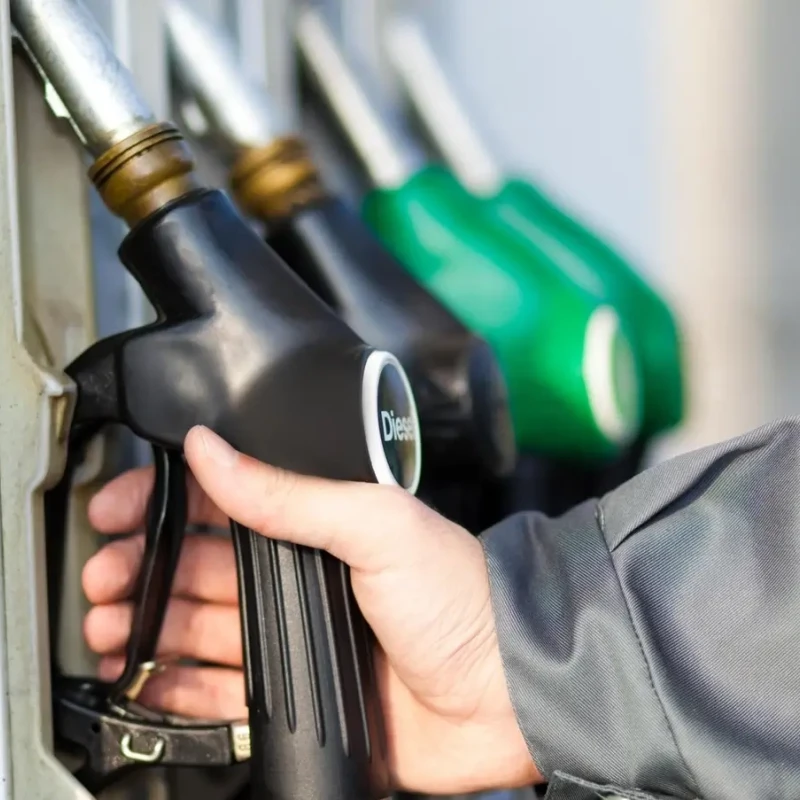
Vanne EGR, filtre à particules (FAP/DPF) et systèmes antipollution : fonctionnement, avantages et limites
Que vous soyez un passionné d'automobile ou simplement curieux, vous avez probablement entendu parler de la vanne EGR et du filtre à particules (FAP/DPF). Ces dispositifs antipollution sont devenus incontournables sur les véhicules diesel modernes, et même sur certains moteurs essence récents, dans un contexte de normes environnementales toujours plus strictes.
Mais pour bien comprendre leur rôle et leurs enjeux, il faut remonter à la genèse des systèmes de dépollution, avec l’apparition du catalyseur, puis suivre leur évolution technique à travers les différentes normes Euro. Dans ce dossier complet, Shiftech, expert en diagnostic et reprogrammation moteur, vous accompagne à travers cette chronologie des systèmes antipollution et vous livre les clés pour mieux comprendre les dysfonctionnements, les solutions possibles et les bonnes pratiques pour préserver votre moteur.
Fonctionnement des systèmes antipollution
Le catalyseur a été le premier dispositif mis en place avec la norme Euro 1. Sa structure en nid d’abeille, divisée en deux zones distinctes, permet des réactions chimiques qui transforment les gaz nocifs en composés inoffensifs. Dans la première partie, dite de réduction, les NOx (oxydes d’azote) sont convertis en azote (N2) et en oxygène (O2). Ce dernier est ensuite utilisé dans la partie oxydation pour transformer les hydrocarbures imbrûlés (CH) et le monoxyde de carbone (CO) en dioxyde de carbone (CO2) et en vapeur d’eau (H2O).
Sur les moteurs diesel, qui fonctionnent avec un excès d’air, seule la réduction est pleinement efficace. La gestion des NOx est donc restée un défi majeur. C’est pour y répondre qu’a été introduite la vanne EGR avec la norme Euro 2. Ce dispositif redirige une portion des gaz d’échappement refroidis vers l’admission d’air lorsque le moteur fonctionne à charge partielle. Ce recyclage abaisse la température en chambre de combustion et limite ainsi la formation de NOx.
Avec l’apparition des normes Euro 4 et Euro 5, les constructeurs ont dû également s’attaquer au problème des particules fines, ce qui a conduit à l’intégration du filtre à particules (FAP). Ce dernier retient les suies dans une structure céramique microporeuse. Lorsque le niveau d’encrassement atteint un certain seuil, le système déclenche une régénération automatique, consistant à brûler les suies à haute température via une post-injection de carburant.
Enfin, la norme Euro 6 a rendu pratiquement incontournable l’ajout de la technologie SCR (Selective Catalytic Reduction). Ce système consiste à injecter un agent réducteur (généralement de l’urée) dans la ligne d’échappement. Ce liquide, connu sous le nom d’AdBlue, réagit avec les NOx sur un catalyseur dédié pour les transformer en azote et vapeur d’eau.
Avantages des dispositifs antipollution
L’ensemble de ces dispositifs a permis aux constructeurs de respecter des normes environnementales de plus en plus strictes, tout en maintenant un bon niveau de performance. Le catalyseur a réduit les émissions de CO, d’HC et de NOx dès les années 1990. La vanne EGR a ensuite permis de limiter efficacement les NOx à la source, sans intervention du conducteur. Le FAP a supprimé jusqu’à 99 % des particules visibles à l’échappement, rendant les moteurs diesel modernes bien plus propres qu’auparavant. Quant au SCR, il offre une solution complémentaire à la vanne EGR pour les moteurs les plus récents, permettant d’atteindre les seuils d’émission imposés par l’Euro 6 sans compromis majeur sur les performances.
Limites et contraintes de ces systèmes
Malgré leur efficacité, ces technologies présentent aussi plusieurs limites. L’un des principaux problèmes est l’encrassement, en particulier pour la vanne EGR et le FAP. Un usage essentiellement urbain, avec des trajets courts et des températures moteur basses, empêche la régénération naturelle du FAP et favorise l’accumulation de calamine. Ces dépôts peuvent bloquer la vanne EGR ou colmater le filtre, entraînant une perte de puissance, une hausse de consommation, ou même un passage en mode dégradé.
Les régénérations du FAP entraînent également une surconsommation ponctuelle de carburant. De plus, certains dispositifs peuvent nuire légèrement à la réactivité moteur, en raison de la contre-pression qu’ils génèrent à l’échappement. Enfin, le système SCR impose un suivi rigoureux du niveau d’AdBlue, sans quoi le véhicule peut refuser de démarrer ou entrer en mode limité.
Symptômes d’un dysfonctionnement
Lorsque l’un de ces systèmes commence à faillir, plusieurs signes peuvent alerter le conducteur. Une perte de puissance notable à l’accélération, des à-coups moteur, un allumage de voyant moteur ou FAP, une consommation de carburant en hausse, des fumées noires à l’échappement ou encore un démarrage difficile sont des symptômes fréquents. Dans les cas les plus sévères, un colmatage complet peut endommager d’autres composants mécaniques, comme le turbo ou les injecteurs. Il est donc essentiel d’agir rapidement.
Tableau comparatif des principaux systèmes antipollution
| Dispositif | Fonctionnement principal | Avantages | Limites / Contraintes |
|---|---|---|---|
| Catalyseur | Réactions chimiques : réduction des NOx et oxydation du CO/HC | Réduction significative des émissions polluantes dès les normes Euro 1 | Peu efficace sur les NOx en moteur diesel ; pas d’action sur les particules solides |
| Vanne EGR | Recirculation de gaz d’échappement à charge partielle | Baisse des NOx ; réduction de la température de combustion ; automatisée | Encrassement fréquent ; perte de puissance possible ; impact sur le FAP |
| Filtre à particules | Piège les suies dans une structure céramique ; régénération par post-injection carburant | Supprime jusqu’à 99 % des particules fines ; moteur plus propre | Colmatage en usage urbain ; surconsommation temporaire ; entretien spécifique |
| SCR / AdBlue | Injection d’un agent réducteur (urée) dans l’échappement pour éliminer les NOx | Efficacité complémentaire à l’EGR ; conformité Euro 6 ; peu d’impact sur performances moteur | Réservoir à remplir ; pannes si niveau bas ; coût d’entretien additionnel |
Pour conclure
L’expertise Shiftech : diagnostic, entretien et solutions personnalisées
La lutte contre la pollution automobile a conduit à l’émergence de technologies complexes mais indispensables. Comprendre le fonctionnement, les avantages et les limites de la vanne EGR, du FAP, du catalyseur et du système SCR permet non seulement de mieux entretenir son véhicule, mais aussi d’éviter des réparations coûteuses. En cas de doute ou de dysfonctionnement, Shiftech met à votre disposition tout son savoir-faire pour diagnostiquer, entretenir ou optimiser votre système antipollution en toute sécurité. Préserver les performances tout en respectant les exigences environnementales, c’est possible, à condition de s’entourer des bons experts.
Learn more
View articles
Similar

